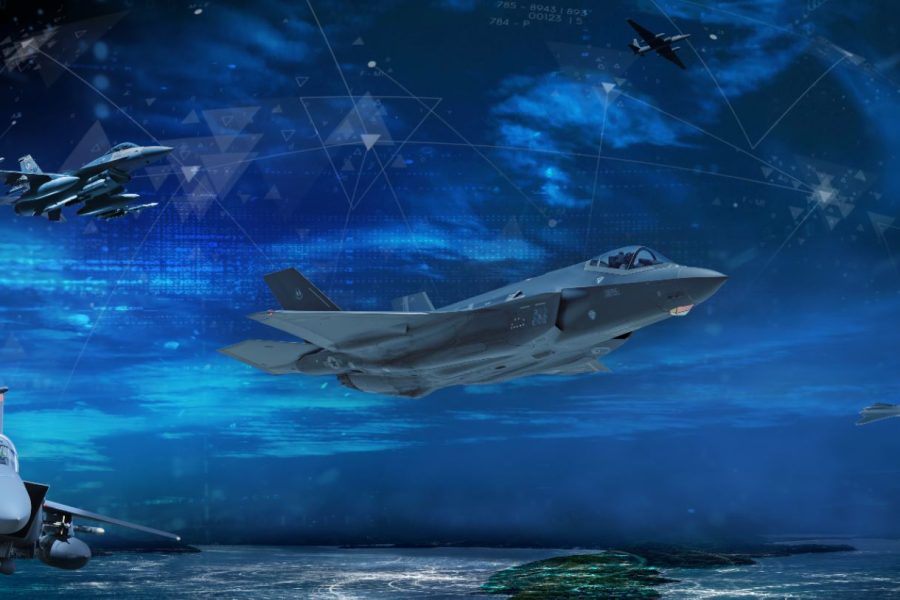In conflicts with peer and near-peer adversaries, U.S. air crews will be contested in the air and on the airwaves. They’ll face not just kinetic attacks, but also radars, advanced air defense systems, and other electromagnetic effects seeking to disrupt their missions.
“The threat is advancing faster than we’ve ever seen before,” said Scott Bailie, who directs Advanced Electronic Warfare Solutions at BAE Systems. Adversaries have access to high-performance hardware, and they’re developing reconfigurable software-based systems, allowing them to field a range of new capabilities. “We need to learn to be faster and be more agile—with less information,” Bailie added.
That requires new programmatic approaches, Bailie said—and more collaboration.
“How we contract, how we award, how we compete,” he said. “We need to be able to pivot, to adjust and adapt to the changing threat.”
At BAE Systems, Bailie said, agility is a mindset that starts with engineering for flexibility. “We’re looking to develop systems that are more open, more modular, more software-defined, as well as systems that can be upgraded in the field.”
For EW solutions, the goal is to disconnect the capability from the platform. Loosening those bonds “lets us roll out changes more quickly and adapt to the threat, without having to go through yearlong developmental test or operational test cycles,” Bailie said.
Fewer steps mean fewer delays. And using an open architecture opens the way for faster insertion of emerging technologies and capabilities.
“Open architecture is a perfect example of how we’re developing faster and deploying faster,” Bailie said. “It also lets us take capabilities and move them across platforms faster. When we have standard interfaces, we’re not starting from scratch, developing a capability from day one on each individual platform. We can deploy it across the fleet very quickly.”
This open standards-based development strategy is accelerating the use of software-defined radios, for example. “It’s a transceiver that has well-defined hardware, firmware, and software interfaces,” Bailie said. It has a configurable analog RF front end, a processing element, and a transmitter. The capabilities of those components are brought to bear by modular software, where BAE Systems wants its software engineers to focus.
“They’re spending their time developing algorithms, developing capabilities that we can deploy to the warfighter—not wasting it reinventing the wheel, understanding where to find data, how to transfer across interfaces,” he said. Similarly, openness enables engineers to identify the third-party applications and other best-of-breed solutions, whether from traditional or non-traditional suppliers.
Commercial off-the-shelf hardware is also an opportunity to decrease timelines and save money. The electromagnetic spectrum is highly congested, and EW systems need to process a tremendous number of waveforms—both military and commercial—at any given instant. “That’s a big reason why we might look for a higher-performance processing,” Bailie said. “There’s a time and a place for COTS. There are opportunities where we need to look hard at custom solutions that bring the performance we need.”
Another way to speed the timeline is to design using models, which support more rapid iterative development. “Model-based system engineering is about defining requirements and capturing our design artifacts in a set of digital integrated tools,” Bailie said, “rather than working with independent static documents. When a change happens on an interface, for example, that change can propagate its way through the design.”
Automating that process means everyone knows about the change right away. But even if it’s not fully automatically updated, the modelling and design tools will “flag inconsistencies or issues with the update you’ve made.”
That heads off design errors that might have cost months or years of lost time in the past, solving those problems in minutes or days instead. The payoff is not just a more agile development process, Bailie said: It’s getting greater capability in the hands of warfighters, sooner.

